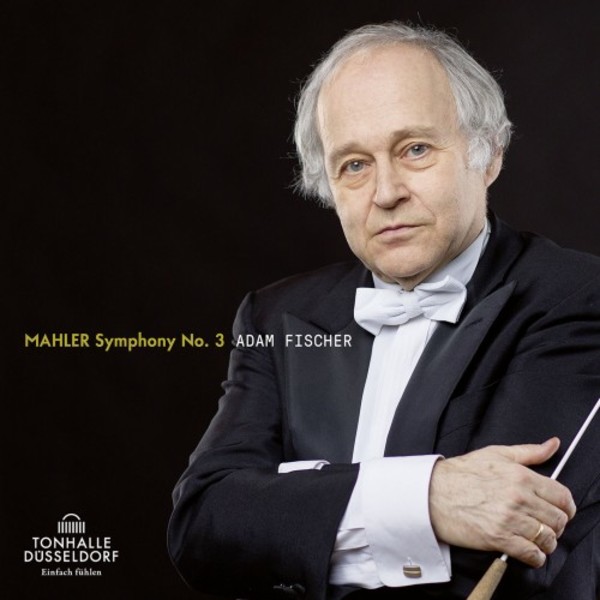
Mahler - Symphony no.3
£20.85
In stock - available for despatch within 1 working day
Despatch Information
This despatch estimate is based on information from both our own stock and the UK supplier's stock.
If ordering multiple items, we will aim to send everything together so the longest despatch estimate will apply to the complete order.
If you would rather receive certain items more quickly, please place them on a separate order.
If any unexpected delays occur, we will keep you informed of progress via email and not allow other items on the order to be held up.
If you would prefer to receive everything together regardless of any delay, please let us know via email.
Pre-orders will be despatched as close as possible to the release date.
Label: C-AVI
Cat No: AVI8553399
Format: CD
Number of Discs: 2
Genre: Orchestral
Release Date: 5th October 2018
Contents
Artists
Anna Larsson (mezzo-soprano)Clara-Schumann-Youth Choir
Women’s Choir of Stadtischer Musikverein Dusseldorf
Dusseldorfer Symphoniker
Conductor
Adam FischerWorks
Symphony no.3 in D minorArtists
Anna Larsson (mezzo-soprano)Clara-Schumann-Youth Choir
Women’s Choir of Stadtischer Musikverein Dusseldorf
Dusseldorfer Symphoniker
Conductor
Adam FischerAbout
‘Mahler’s entire output seems like one long farewell to me: it is as if he was bidding farewell to the past and likewise to the future, since he had a great fear of death. At the end of his symphonies we often encounter utopias, as here in the Adagio of the Third, and many years later, particularly, in the Ninth. Something new sets in, but the movement is still a closure. From it we learn that whatever is new will no longer occur in this world. The Third Symphony, on the whole, is one of Mahler’s richest: the individual movements are so different from one another that they almost seem to stem from different periods of Mahler’s life. The Third contains its own world in itself – already in the first movement, longer than most Beethoven symphonies.
‘Then Mahler plunges into the Wunderhorn world: the world of simplicity, where his style seems inspired by Schubert. He quotes from his own works and creates his own mythology. Just as in a grand novel, the same figures appear in different stories. The second and third movements belong together; then, a new dimension is introduced in the fourth one with the human voice. With the contralto’s first note, Mahler truly opens up a new world. This is a new kind of composition altogether. The measures almost seem to flow into one another; Mahler is freeing himself from the rigors of rhythmic bars. In the score we find corresponding instructions: “In flowing movement, without paying heed to meter”, and: “Conduct the underlying rhythm”. In the latter passage, one would normally have to conduct a rhythm of seven against four: here it is difficult to do so exactly. The result is a dilemma: the musicians expect a precise gesture – and certain conductors indeed subdivide the rhythm as indicated by Mahler.’
Error on this page? Let us know here
Need more information on this product? Click here